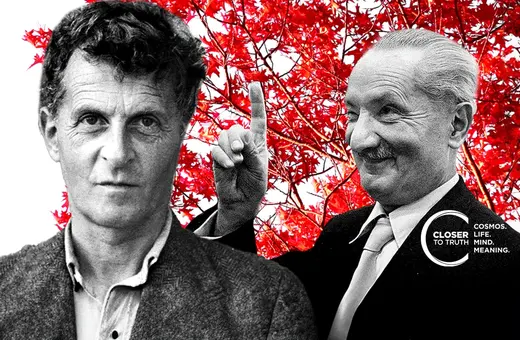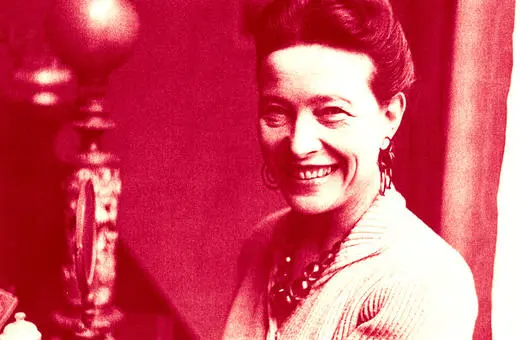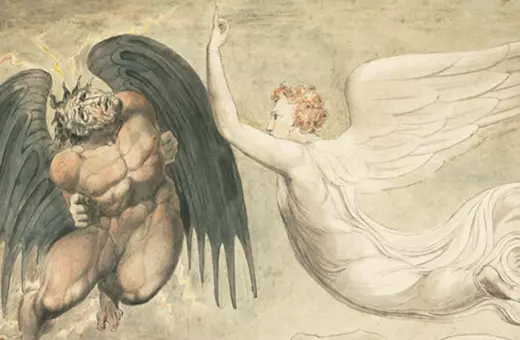Since the 10th commandment was inscribed in stone over 3,000 years ago, we have assumed jealousy is always a vice. But according to Kristján Kristjánsson, this clear-cut assumption masks the true complexities of jealousy. We need first to understand the nature of jealousy as an emotion and its relation to other emotions like envy. In this article, Kristjánsson argues that some forms of jealousy can even be considered virtuous and necessary.
Negative emotions?
Psychologists typically divide emotions into “positive” versus “negative,” or more technically framed as “positively or negatively valenced.” This is just a fancy way of saying that emotions feel either pleasant or painful. That said, theorists dating back to Aristotle have pointed out that most, if not all, emotions have mixed valence. In any case, compassion is “negative,” in this sense, by being at least more painful than pleasant, and schadenfreude is “positive” by being at least more pleasant than painful.
Yet when I tell first-year students that compassion is considered a negative emotion and schadenfreude a positive emotion, they balk because this specification clashes with our everyday understanding where the words “negative” and “positive” are used to denote moral evaluation rather than phenomenological valence. Surely, the students will correctly observe, compassion is positive in the moral sense (even a full-blown human virtue) whereas schadenfreude is negative (a human vice).
More commonly, these two senses of negativity versus positivity coincide, such as in the cases of envy and jealousy, which are both negatively valenced (i.e., feel bad overall) and typically considered morally negative (i.e., morally unjustifiable), – even prototypical vices. Common intuitions may not always be right, however, so it is worth subjecting this particular moral intuition to scrutiny. This short article focuses on jealousy, but we need to say something first about the envy-jealousy pair.
Envy and jealousy as emotions
An emotion is a complex psychological phenomenon that involves perception, cognition (thought), feeling, and behavioral tendency. For example, when Amy experiences jealousy towards her sibling Betty because Amy considers their father Chris to favor Betty over Amy, Amy sees what is happening in a certain way, harbors a thought about this being wrong, feels physically and/or psychologically bad, and is inclined to take some action in response (e.g., complain to the other parent or to a friend). What distinguishes between emotions is predominantly the cognitive component: different negatively valenced emotions may “feel bad” in pretty much the same way and call for similar responses (e.g., expressing grievance).
Envy and jealousy are both rivalrous emotions. They involve upward social comparisons in which one construes another person as a rival for some object, person, advantage, or quality. They are also self-comparative in the sense of comparing one’s situation unfavorably with that of a perceived rival. Finally, envy and jealousy are called hostile emotions. “Hostile” must be understood in a non-moral sense here. Anger – analogously – is a hostile emotion although it may, arguably, often be morally justified. “Hostile” simply means that the emotions involve an overall negative evaluation of the rival’s perceived superiority vis-à-vis oneself, and a desire to reduce the gap to the rival.























Join the conversation